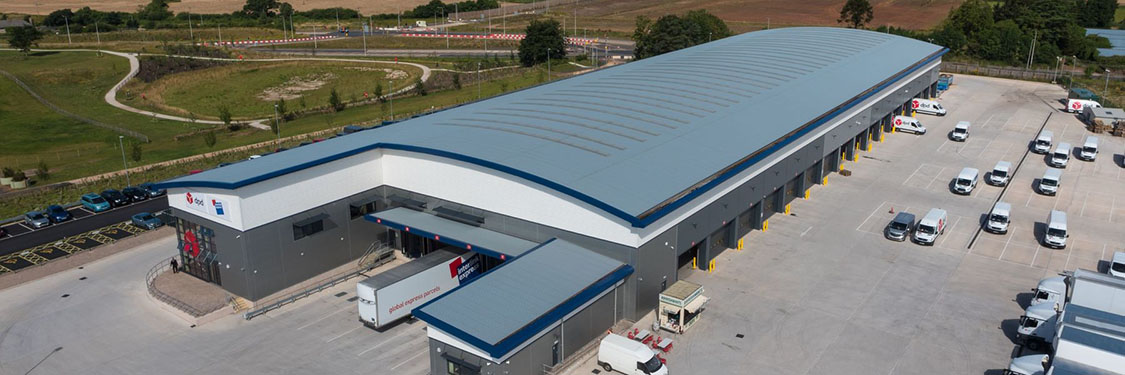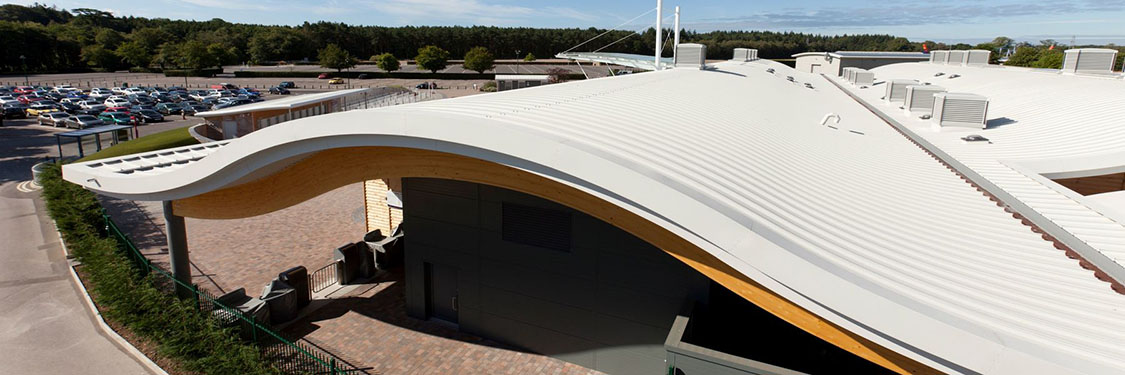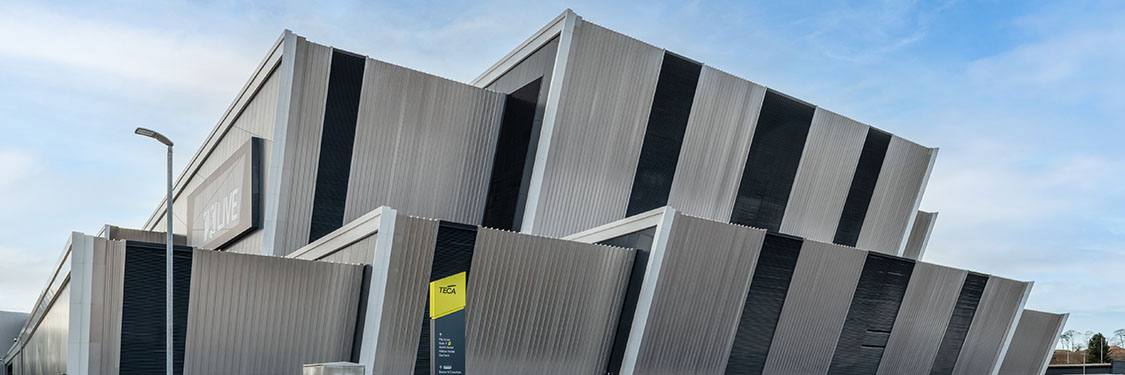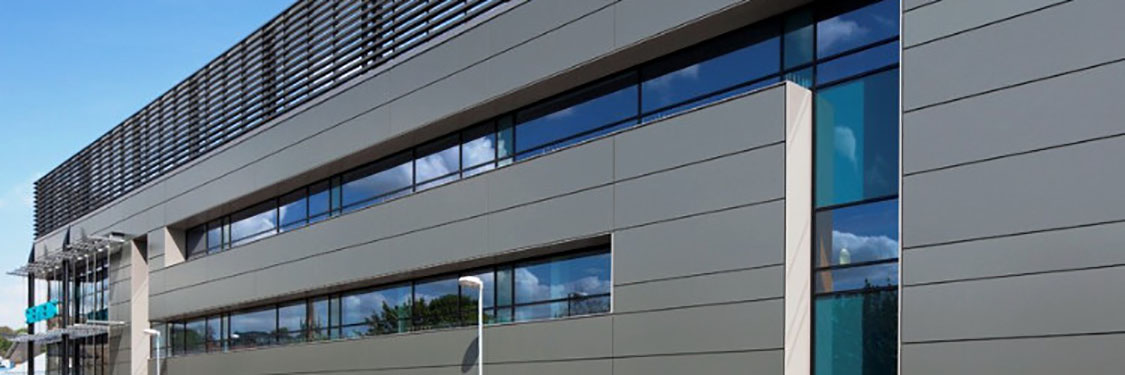This article first appeared in RCI magazine April 2013
The introduction of CE marking for construction products on 1 July 2013 represents the most significant change in a decade in the way in which construction products are sold in Europe and is going to take some time to fully embed into the manufacture, design, specification and construction process. However, this is something which countries outside of Norway, Ireland and the UK have been dealing with for many years and in spite of scaremongering from some sections of the industry and the media there is nothing to fear from CE marking however, it is something which must be addressed and implemented.

Architectural Profiles’ Energi Systems ® for roofs and walls were specified for the Tresham College of Further Education, Corby Campus, Northamptonshire.
Image courtesy of Architectural Profiles Limited
From 1 July, under the Construction Products Regulations 2011 (CPR), it will become mandatory for manufacturers to draw up a Declaration of Performance (DoP) and apply CE marking to any of their construction products which are covered by a harmonised European standard (hEN) or conforms to a European Technical Assessment (ETA) which has been issued for it, when such a product is placed on the market.
An ETA is based on a Common Understanding of Assessment Procedures (CUAP) for specific products. A CUAP is a procedure for innovative products which are not covered by a harmonised European standard. Manufacturers of construction products are not obliged to gain an ETA based on a product CUAP and in this situation manufacturers cannot apply a CE mark to the product.
To help specifiers and clients understand some of the basics of CE marking, the metal roofing and cladding industry has drafted a series of questions and answers to address some of the myths surrounding this subject. The following are a selection from the MCRMA web site:
- Do all construction products have to carry a CE mark? No, only products subject to a harmonised European standard known as a hEN are obliged to carry a CE mark.
- How can I establish if products used within roofing and cladding assembly require a CE mark? Contact the manufacturer or distributer for the product via the MCRMA web site or contact the MCRMA directly for advice.
- Will a CE mark provide a guarantee? A CE mark indicates that the product meets with a recognised and regulated European standard or assessment process; it does not offer any additional guarantee.
- Should I only specify construction products which carry a CE mark? No, it generally means that there is not a harmonised European standard or ETA available for the product. It does not mean that the product is inferior; in most cases the product will conform to a national standard and the manufacturing company will have detailed QA records. However, you must ensure that the product is fit for purpose.
- I have been informed that a composite panel is the only roofing and cladding system that can be CE marked. Is this true? No, this is not true. The CE marking of a composite panel is covered by BS EN 14509 but the associated products which make up the total system, such as the fasteners and rooflights, are dealt with by their own harmonised product standard or CUAP. As for the sealants used to weatherproof the joints between panels during the construction phase, these cannot be CE marked because currently there is no harmonised standard or specialist CUAP for the product.
- I have been informed that twin skin roofing or cladding systems cannot be CE marked. Is this true? A twin skin roofing and cladding system is made up of many different component parts and the nature of the system is such that specialist CUAPs or harmonised standards have been developed for the individual components to ensure that they meet their specific needs.
Roof and wall cladding sheets are covered by BS EN 14782; in plane rooflights are covered by EN1013; fasteners are dealt with in CUAP 06.02/07 and spacers are addressed in CUAP 04.01/12. In addition, insulation is dealt with in EN 13162:2008 and, as with composite panels; there is no harmonised standard or specialist CUAP for sealant.
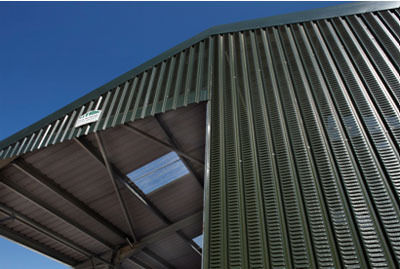
Ventair wall cladding and Dripstop fleece-lined roof panels specified for
Netherton Aberdeen Angus in Perthshire.
Image courtesy of Steadmans.
Some component parts within metal roofing and cladding systems manufactured and supplied by an MCRMA member company fall under the requirements of the CPR. A list of individual component parts which may be CE marked, under certain criteria, and with an accompanying reference to the relevant hEN or ETA can be found on the MCRMA web site.
MCRMA members manufacture products to National and International standards and operate QA measures, such as EN ISO 9001, or factory production controls (FPC) to ensure materials, processes and procedures are maintained to the highest standard. In addition member companies recognise and fully understand the requirements set out in the CPR and, where applicable, issue or affix a CE mark to all individual products or component parts that form part of a recognised system.
For further information visit the dedicated section on CE marking


